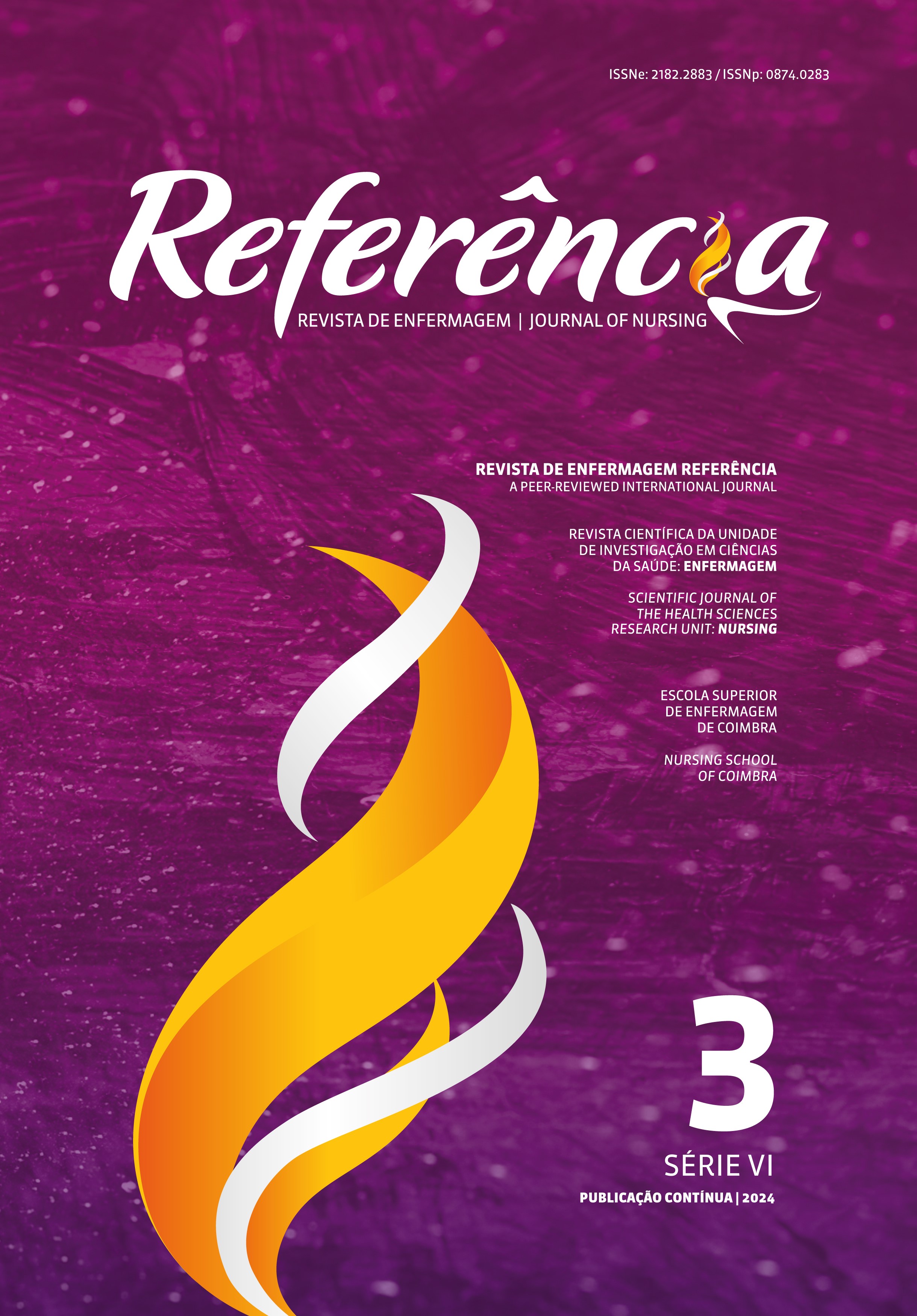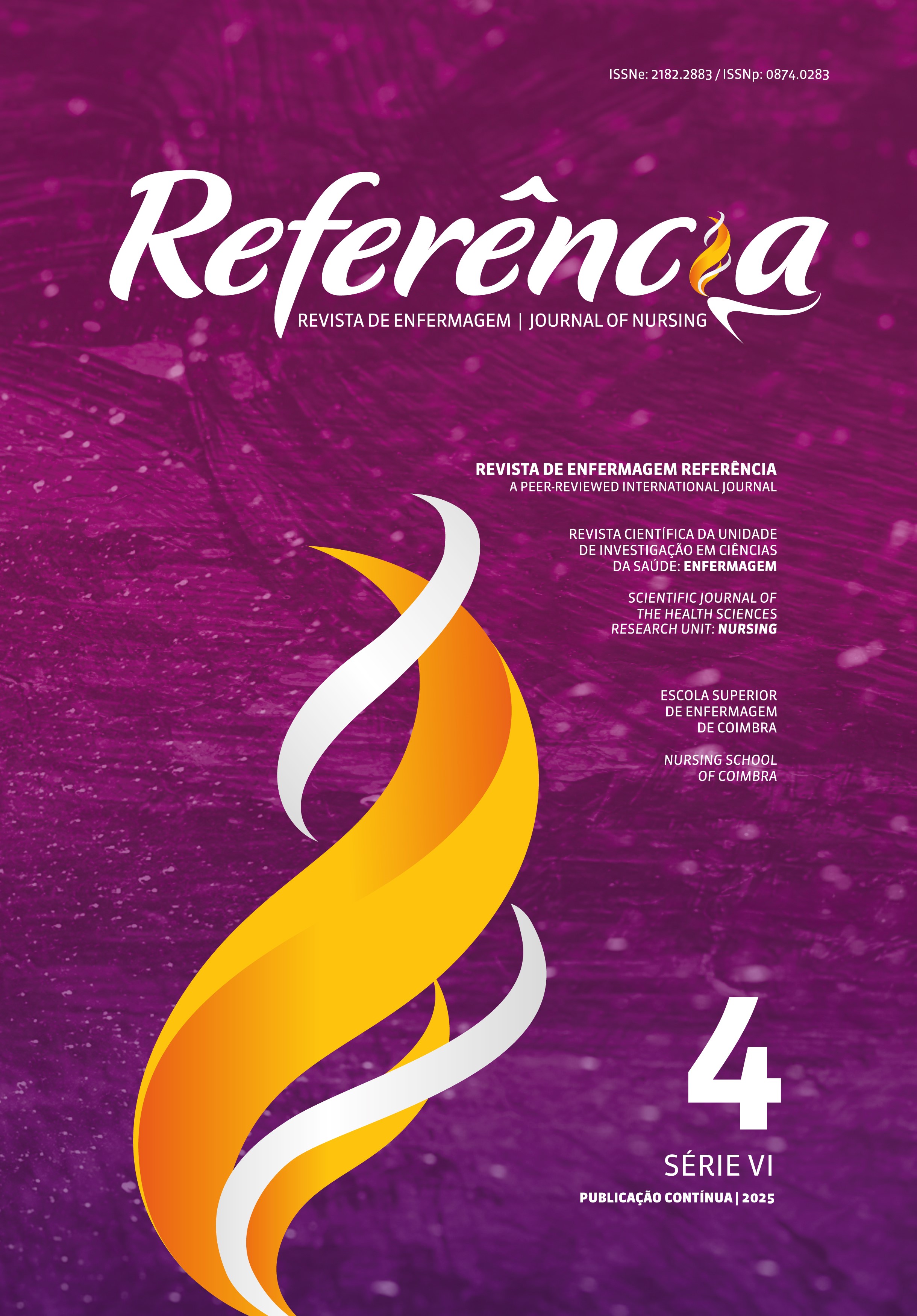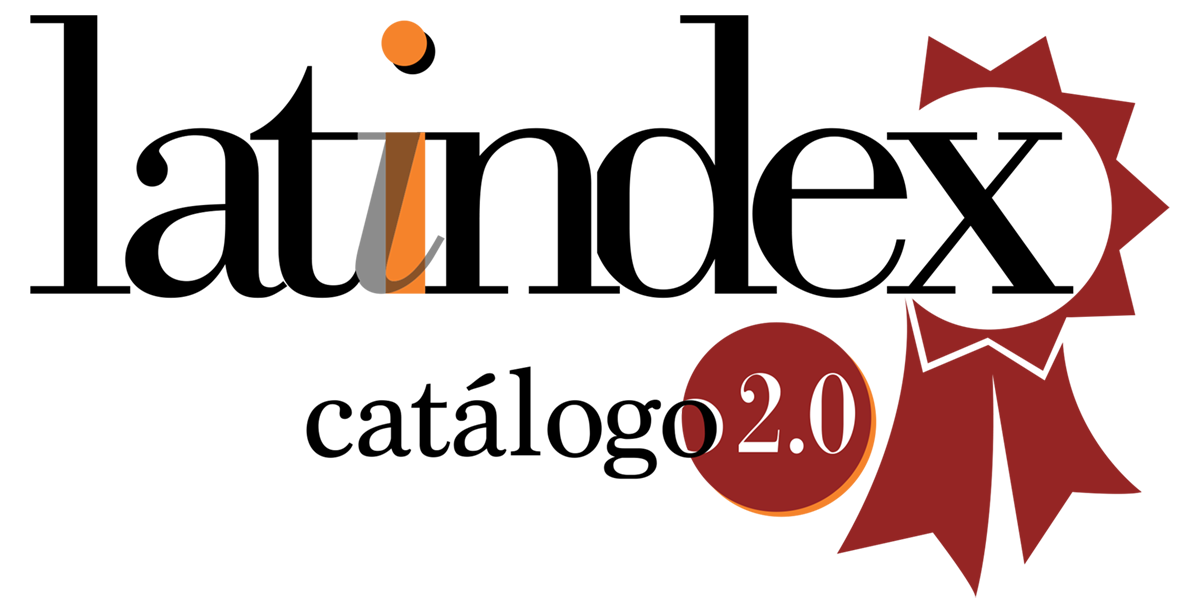ALONE scale for Portuguese older adults: Translation, cultural adaptation, content validity, and face validity
DOI:
https://doi.org/10.12707/RVI23.137.33676Keywords:
older adults, loneliness, validation studyAbstract
Background: Loneliness among older adults is a significant public health problem that requires early detection for effective intervention. The ALONE scale is a brief (five items) and reliable tool that holds promise for clinical use.
Objective: Translation, cultural adaptation, content validity, and face validity of the ALONE scale for Portuguese community-dwelling older adults ( ≥ 65 years).
Methodology: This methodological study comprised three stages: (a) translation and cultural adaptation; (b) content validity assessment with 15 experts (content validity index, CVI); and (c) face validity assessment through semi-structured interviews with eight older adults.
Results: Linguistic equivalence was achieved with the original ALONE scale. The items had strong content validity (CVI ≥ 0.8, average CVI of 0.97, universal agreement of 0.71, excellent kappa). Face validity assessment showed that the ALONE scale captures the feelings of loneliness, is useful, and is easy to understand and complete.
Conclusion: The translated and culturally adapted ALONE scale shows content and face validity for assessing loneliness among Portuguese older adults in community settings.
Downloads
References
Baarck, J., d’Hombres, B., Tintori, G., Balahur, A., Cassio, L., & Pásztor, Z. (2021). Loneliness in Europe before and during the COVID-19 pandemic. In European Commission (Ed.), Loneliness in the EU: Insights from surveys and online media data (pp. 16-34). Publications Office of the European Union. https://doi.org/10.2760/28343
Boateng, G. O., Neilands, T. B., Frongillo, E. A., Melgar-Quiñonez, H. R., & Young, S. L. (2018). Best practices for developing and validating scales for health, social, and behavioral research: A primer. Frontiers in Public Health, 6. https://doi.org/10.3389/fpubh.2018.00149
Borson, S., Scanlan, J., Brush, M., Vitaliano, P., & Dokmak, A. (2000). The Mini-Cog: A cognitive ‘vital signs’ measure for dementia screening in multi-lingual elderly. International Journal of Geriatric Psychiatry, 15(11), 1021-1027. https://doi.org/10.1002/1099-1166(200011)15:11<1021:AID-GPS234>3.0.CO;2-6
Bugallo-Carrera, C., Dosil-Díaz, C., Anido-Rifón, L., Pacheco-Lorenzo, M., Fernández-Iglesias, M. J., & Gandoy-Crego, M. (2023). A systematic review evaluating loneliness assessment instruments in older adults. Frontiers in Psychology, 14. https://doi.org/10.3389/fpsyg.2023.1101462
Carvalho, R., Sousa, L., & Tavares, J. (2023). Instruments for Assessing Loneliness in Older People in Portugal: A Scoping Review. Portuguese Journal of Public Health, 41(1), 45–64. https://doi.org/10.1159/000529147
Chawla, K., Kunonga, T. P., Stow, D., Barker, R., Craig, D., & Hanratty, B. (2021). Prevalence of loneliness amongst older people in high-income countries: A systematic review and meta-analysis. PLOS ONE, 16(7), e0255088. https://doi.org/10.1371/journal.pone.0255088
Connell, J., Carlton, J., Grundy, A., Buck, E. T., Keetharuth, A. D., Ricketts, T., Barkham, M., Robotham, D., Rose, D., & Brazier, J. (2018). The importance of content and face validity in instrument development: Lessons learnt from service users when developing the recovering quality of life measure (ReQoL). Quality of Life Research, 27, 1893-1902. https://doi.org/10.1007/s11136-018-1847-y
Deol, E. S., Yamashita, K., Elliott, S., Malmstorm, T. K., & Morley, J. E. (2022). Validation of the ALONE scale: A clinical measure of loneliness. The Journal of Nutrition, Health & Aging, 26(5), 421-424. https://doi.org/10.1007/s12603-022-1794-8
DiTommaso, E., & Spinner, B. (1997). Social and emotional loneliness: A re-examination of weiss’ typology of loneliness. Personality and Individual Differences, 22(3), 417-427. https://doi.org/10.1016/S0191-8869(96)00204-8
Golaszewski, N. M., LaCroix, A. Z., Godino, J. G., Allison, M. A., Manson, J. E., King, J. J., Weitlauf, J. C., Bea, J. W., Garcia, L., Kroenke, C. H., Saquib, N., Cannell, B., Nguyen, S., &
Bellettiere, J. (2022). Evaluation of social isolation, loneliness, and cardiovascular disease among older women in the US. JAMA Network Open, 5(2), e2146461. https://doi.org/10.1001/jamanetworkopen.2021.46461
Guarda Nacional Republicana. (2022). Censos Sénior 2022. https://www.gnr.pt/noticias.aspx?linha=20474
Guerra, S., Sousa, L., Carvalho, R., Melo, S., & Ribeiro, O. (2022). Understanding Loneliness in Older Adults: Reports from Experts by Experience to Reach Digital Solutions. Journal of Gerontological Social Work, 65(7), 728–734. https://doi.org/10.1080/01634372.2021.2019866
Holt-Lunstad, J. (2018). Why social relationships are important for physical health: A systems approach to understanding and modifying risk and protection. Annual Review of Psychology, 69, 437-458. https://doi.org/10.1146/annurev-psych-122216-011902
Macià, D., Cattaneo, G., Solana, J., Tormos, J. M., Pascual-Leone, A., & Bartrés-Faz, D. (2021). Meaning in life: A major predictive factor for loneliness comparable to health status and social connectedness. Frontiers in Psychology, 12. https://doi.org/10.3389/fpsyg.2021.627547
Martín-María, N., Caballero, F. F., Lara, E., Domènech-Abella, J., Haro, J. M., Olaya, B., Ayuso-Mateos, J. L., & Miret, M. (2021). Effects of transient and chronic loneliness on major depression in older adults: A longitudinal study. International Journal of Geriatric Psychiatry, 36(1), 76-85. https://doi.org/10.1002/gps.5397
McKenna-Plumley, P. E., Groarke, J. M., Turner, R. N., & Yang, K. (2020). Experiences of loneliness: A study protocol for a systematic review and thematic synthesis of qualitative literature. Systematic Reviews, 9(284). https://doi.org/10.1186/s13643-020-01544-x
Mokkink, L. B., Terwee, C. B., & Vet, H. C. (2014). COSMIN: Consensus-based standards for the selection of health status measurement instruments. In A. C. Michalos (Ed.), Encyclopedia of quality of life and well-being research (pp. 1309-1312). Springer. https://doi.org/10.1007/978-94-007-0753-5_595
Perlman, D., & Peplau, L. A. (1984). Loneliness research: A survey of empirical findings. In L. A. Peplau, & S. E. Goldston (Eds.), Preventing the harmful consequences of severe and persistent loneliness (pp. 13-46). National Institute of Mental Health.
Russell, D., Peplau, L. A., & Ferguson, M. L. (1978). Developing a measure of loneliness. Journal of Personality Assessment, 42(3), 290–294. https://doi.org/10.1207/s15327752jpa4203_11
Saunders, B., Sim, J., Kingstone, T., Baker, S., Waterfield, J., Bartlam, B., Burroughs, H., & Jinks, C. (2018). Saturation in qualitative research: Exploring its conceptualization and operationalization. Quality & Quantity, 52, 1893–1907. https://doi.org/10.1007/s11135-017-0574-8
Sundström, A., Adolfsson, A. N., Nordin, M., & Adolfsson, R. (2020). Loneliness increases the risk of all-cause dementia and Alzheimer’s disease. The Journals of Gerontology: Series B, 75(5), 919-926. https://doi.org/10.1093/geronb/gbz139
Vaismoradi, M., Turunen, H., & Bondas, T. (2013). Content analysis and thematic analysis: Implications for conducting a qualitative descriptive study. Nursing & Health Sciences, 15(3), 398-405. https://doi.org/10.1111/nhs.12048
Wang, F., Gao, Y., Han, Z., Yu, Y., Long, Z., Jiang, X., Wu, Y., Pei, B., Cao, Y., Ye, J., Wang, M., & Zhao, Y. (2023). A systematic review and meta-analysis of 90 cohort studies of social isolation, loneliness and mortality. Nature Human Behaviour, 7, 1307-1319. https://doi.org/10.1038/s41562-023-01617-6
Wild, D., Grove, A., Martin, M., Eremenco, S., McElroy, S., Verjee-Lorenz, A., & Erikson, P. (2005). Principles of good practice for the translation and cultural adaptation process for patient-reported outcomes (PRO) measures: Report of the ISPOR task force for translation and cultural adaptation. Value Health, 8(2), 94-104. https://doi.org/10.1111/j.1524-4733.2005.04054.x
Word Health Organization. (2021). Advocacy brief: Social isolation and loneliness among older people. https://iris.who.int/bitstream/handle/10665/343206/9789240030749-eng.pdf?sequence=1
Yusoff, M. S. (2019). ABC of content validation and content validity index calculation. Education in Medicine Journal, 11(2), 49–54. https://doi.org/10.21315/eimj2019.11.2.6






















